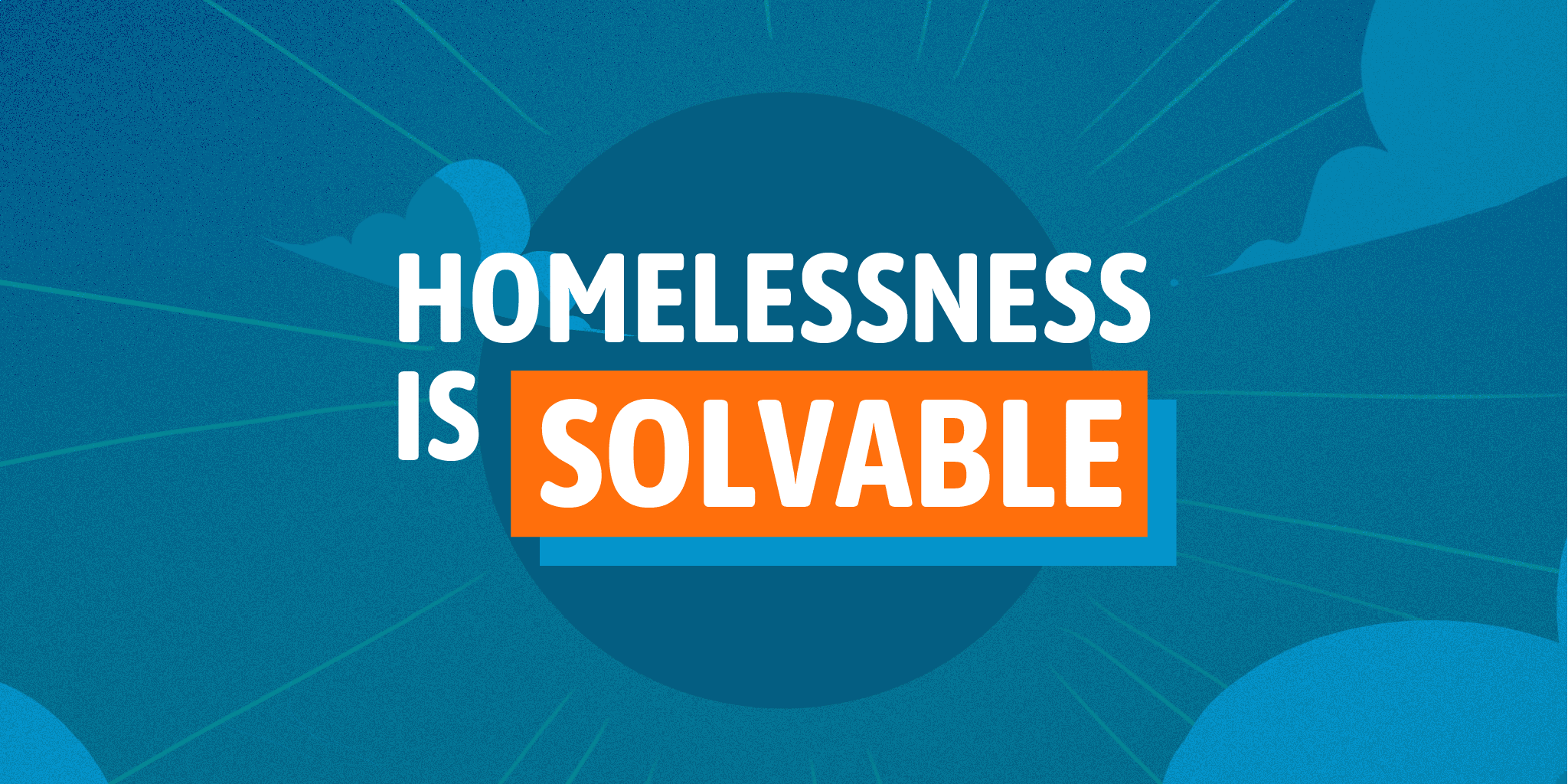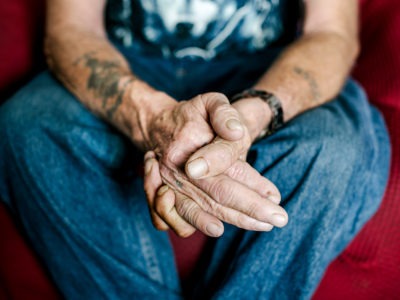No single solution can end homelessness — but the full force of a community can. You can get involved — whether it is locally or within the national movement — to accelerate an end to homelessness.
Background
Communities are proving that we can break with the status quo and deliver on a promise of a home for all. This work is not easy. Achieving and sustaining this new normal requires new systems, different decisions, and the full force of a community demanding it. Learn how you can support your own community and the movement at large.
Are you experiencing or at risk of homelessness? Do you or someone you know need assistance?
Use our new Homeless Resource Locator to easily find names and contact information of homeless service providers near you.
STEP 1
Promote a new understanding of homelessness
Ending homelessness is a matter of racial equity and justice.
Homelessness is a systems problem.
Homelessness is solvable.
STEP 2
Support local organizations
Identify whether your community is a part of Built for Zero and support them.
Use our interactive map to see if your community is participating in Built for Zero. Identify the organizations that are a part of the effort and see how you can support them.
Spread the word on Twitter
Proud to see that [[@ community name]] is a @BuiltForZero community dedicated to measurably and equitably solving homelessness. We can create a future where homelessness is rare and brief, for all.
#HomelessnessIsSolvable
If your community is not in Built for Zero, you can start by looking up the Continuum of Care that serves your area.
This may be led by a municipal agency or by a nonprofit organization and will give you a sense of the actors leading your local homeless response system.
STEP 3
Create accountability for measurably and equitably ending homelessness
Find out if your city or county has a commitment to measurably and equitably ending homelessness, and hold it accountable for making progress toward that goal.
Many communities across the country have set a goal of achieving a milestone known as functional zero. Achieving and sustaining functional zero indicates that systems can continuously solve homelessness for an entire population. Technically, it means that fewer people are experiencing homelessness than are routinely exiting it.
Next, find out how your community is measuring progress toward that goal. Though almost every city has a strategic plan for ending homelessness, these plans often define success by outputs, program measures, or interventions. Or they may rely on annual point-in-time counts to measure success in these efforts, even though homelessness is a dynamic problem that changes every night. Learn why relying on a point-in-time count is insufficient for ending homelessness and how communities are using real-time data.
Success must be measured by whether the number of people experiencing homelessness is going down, month over month, and whether that work is producing equitable outcomes. Find out if your community is releasing that number publicly, every month. If not, advocate for your community to join the cities and counties across the country moving toward quality, real-time data.
Ask your elected officials the following questions:
- Do we have a commitment to population-level reductions in homelessness as the critical measure of success in our city/county?
- Is the city or county publishing its cumulative numbers of people experiencing homelessness, and updating it month over month?
- Does the city/county have a shared aim of functionally ending homelessness for any population?
- Is the community currently driving population-level reductions in homelessness, and how would we know?
- How will this [effort, investment, intervention] help communities drive population-level reductions in homelessness?
- Is real-time, by-name data informing these decisions, and where is that data coming from?
KEY RESOURCES
Homelessness is solvable.
Communities in the Built for Zero movement are proving it.













